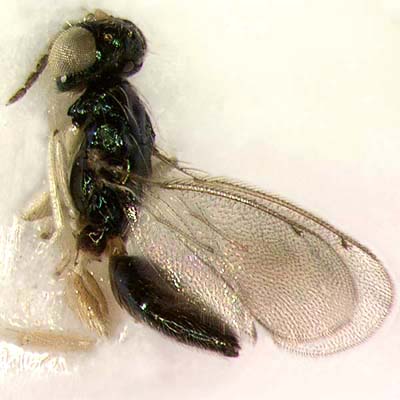 |
|||||||||||||||||||||||||||||||||||||||||||||||||||||||||||||||||||||||||||||||||||||||||||||||
|
|
Home | Open the Key | References | ||||||||||||||||||||||||||||||||||||||||||||||||||||||||||||||||||||||||||||||||||||||||||||
|
Apleurotropis
Girault, 1913
|
|||||||||||||||||||||||||||||||||||||||||||||||||||||||||||||||||||||||||||||||||||||||||||||||
|
|||||||||||||||||||||||||||||||||||||||||||||||||||||||||||||||||||||||||||||||||||||||||||||||
Classification
|
|||||||||||||||||||||||||||||||||||||||||||||||||||||||||||||||||||||||||||||||||||||||||||||||
Subfamily Tribe |
Entedonini |
||||||||||||||||||||||||||||||||||||||||||||||||||||||||||||||||||||||||||||||||||||||||||||||
Diagnosis
|
|||||||||||||||||||||||||||||||||||||||||||||||||||||||||||||||||||||||||||||||||||||||||||||||
|
|
||||||||||||||||||||||||||||||||||||||||||||||||||||||||||||||||||||||||||||||||||||||||||||||
| |
|||||||||||||||||||||||||||||||||||||||||||||||||||||||||||||||||||||||||||||||||||||||||||||||
Distribution |
|||||||||||||||||||||||||||||||||||||||||||||||||||||||||||||||||||||||||||||||||||||||||||||||
|
Apleurotropis is a relatively small genus recorded in the Australasian, Afrotropical and Oriental regions (Noyes, 2001). |
|||||||||||||||||||||||||||||||||||||||||||||||||||||||||||||||||||||||||||||||||||||||||||||||
| |
|||||||||||||||||||||||||||||||||||||||||||||||||||||||||||||||||||||||||||||||||||||||||||||||
Biology |
|||||||||||||||||||||||||||||||||||||||||||||||||||||||||||||||||||||||||||||||||||||||||||||||
|
Apleurotropis species are parasitoids of leafmining sawflies, Lepidoptera, Agromyzidae, and hispine chrysomelid beetles (Schauff et al., 1998). A. kumatai (Kamijo) was recovered from Liriomyza spp. (Agromyzidae) in Japan (Murphy & La Salle, 1999). |
|||||||||||||||||||||||||||||||||||||||||||||||||||||||||||||||||||||||||||||||||||||||||||||||
| |
|||||||||||||||||||||||||||||||||||||||||||||||||||||||||||||||||||||||||||||||||||||||||||||||
| |
|||||||||||||||||||||||||||||||||||||||||||||||||||||||||||||||||||||||||||||||||||||||||||||||
Comments |
|||||||||||||||||||||||||||||||||||||||||||||||||||||||||||||||||||||||||||||||||||||||||||||||
|
Apleurotropis, having 2 setae on submarginal
vein, scutellum with a pair of setae, fronto-facial suture distinctly
separated from anterior ocellus and male scape with sensory pores
placed at the ventral edge, belongs to the subfamily of Entedoninae.
Apleurotropis, as Pleurotroppsis, may be distinguished from Achrysocharoides, Neochrysocharis, Chrysocharis, Asecodes, Trisecodes and Closterocerus by having a transverse carina on pronotum, a median longitudinal groove placed posteriorly on mesoscutum, a single median carina and plica on propodeum. Pediobius (always) and Proacrias (often) have pronotum with transverse carina as well, but they don’t have line on mesoscutum and have a median pair of carinae on propodeum. Apleurotropis appears very close to Pleurotroppopsis and Kratoysma Boucek, Platocharis Kerrich, Zaommomentedon Girault. All these genera attack leafminers (mainly Lepidoptera), and have fronto-facial suture transverse and straight, pronotum with strong transverse carina and propodeum with distinct plica. However, Zaommomentedon has mesoscutum and scutellum with complete and distinct median groove and doesn’t have median carina on propodeum, Platocharis has diverging submedian carinae or plicae and transverse carina between submedian carina and plicae and Kratoysma has scutellum strongly sculptured with broad median groove anteriorly (Schauff et al., 1998). Finally, the main characters to distinguish Apleurotropis from Pleurotropposis can be the presence of a pair of lateral longitudinal grooves on the scutellum and callus with many hairs in Pleurotropposis, while Apleurotropis doesn’t have grooves on scutellum and has callus with 2 hairs, according to Boucek (1988) and Kamijo (1990b). |
|||||||||||||||||||||||||||||||||||||||||||||||||||||||||||||||||||||||||||||||||||||||||||||||

